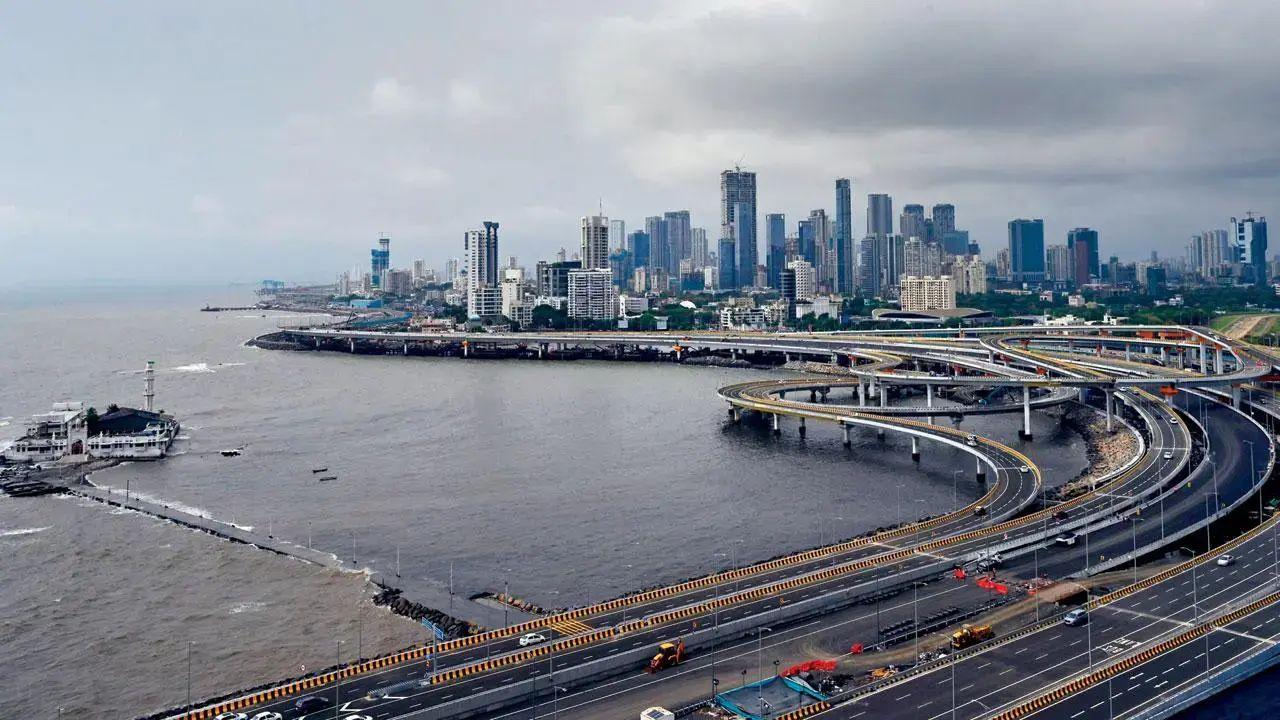Mumbai is bracing for another round of intense rainfall, as the India Meteorological Department (IMD) has issued weather updates about the city and its suburbs on Saturday. Here is more about the weather you would like to know about Mumbai rains and weather

Representational Image
Mumbai is bracing for another round of intense rainfall, as the India Meteorological Department (IMD) has issued weather updates about the city and its suburbs on Saturday. As per the latest forecast issued at 8:00 am, there is a possibility of rain at isolated places in Mumbai and surrounding areas. The weather bureau has also indicated the likelihood of thunderstorms, urging citizens to remain alert and take necessary precautions.
Also, the warning comes amid already active monsoon conditions. According to rainfall data recorded between 8:00 am on June 13 and 8:00 am on June 14, the city received 19 mm of rain, while the eastern suburbs recorded 4 mm and the western suburbs saw 5 mm. Though these numbers are moderate, the intensity is expected to increase through the day, especially during late afternoon and evening hours.
Compounding the weather situation are tide conditions, which could exacerbate waterlogging in low-lying areas. A high tide is expected at 2:14 pm today, with the sea rising up to 4.31 meters. This will be followed by a low tide at 8:14 pm, registering 1.94 meters. On Sunday, June 15, the next high tide is forecast at 1:53 am (3.64 meters), with a subsequent low tide at 7:39 am (0.85 meters).
With rain coinciding with the afternoon high tide, the potential for waterlogging increases in flood-prone pockets of Mumbai.
The southwest monsoon seasonal rainfall across the Monsoon Core Zone (MCZ), which includes the most of the country's rainfed agriculture areas, is expected to be above normal (>106% LPA).
Moreover, normal to above-normal rainfall is very expected across most of the country from June to September 2025, with the exception of several places in Northwest and East India, as well as many locations in Northeast India, where rainfall is very likely to be below-average.
 Subscribe today by clicking the link and stay updated with the latest news!" Click here!
Subscribe today by clicking the link and stay updated with the latest news!" Click here!










